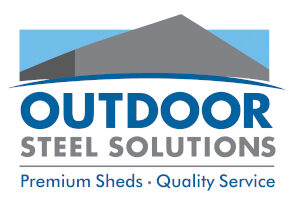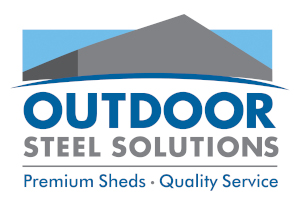The #1 Way People Ruin Their Shed (Without Even Knowing It)
What Most Builders and DIYers Get Wrong About Slabs, Rust, and Warranty (And How to Avoid Paying for Your Shed Twice)
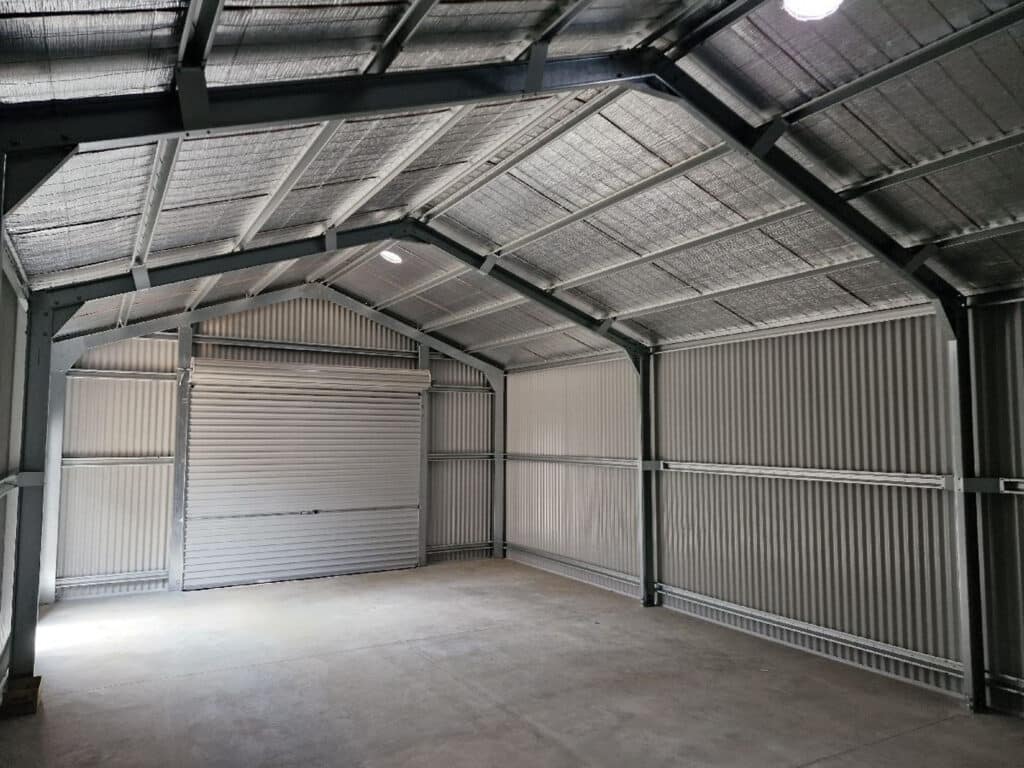
So, you're planning to build a shed. You've picked the design. Maybe even ordered the kit. And you've lined up a mate — or a local builder — to pour the slab and get it up.
Seems simple enough, right?
But here’s the thing most people don’t realise until it’s too late: One small mistake during construction can void your warranty… and leave you paying for your shed all over again.
There’s a simple rule that comes with nearly every shed warranty: keep the wall sheets off the concrete.
Sounds obvious. But it’s ignored constantly.
That means no concrete touching the sheets, no dirt or mulch backfilled against them, no “we’ll just run a slab inside after we build the shed.” If anything touches the sheets—concrete, soil, water—you’ve just voided your warranty. No questions asked.
You have to leave an air gap. Doesn’t matter if it’s concrete or anything else. If it touches the sheets, it’ll rust.
And rust isn’t just cosmetic. It’s structural. It’s costly. And it starts fast—sometimes within 12 months.
What This Looked Like For a Homeowner in Bendigo
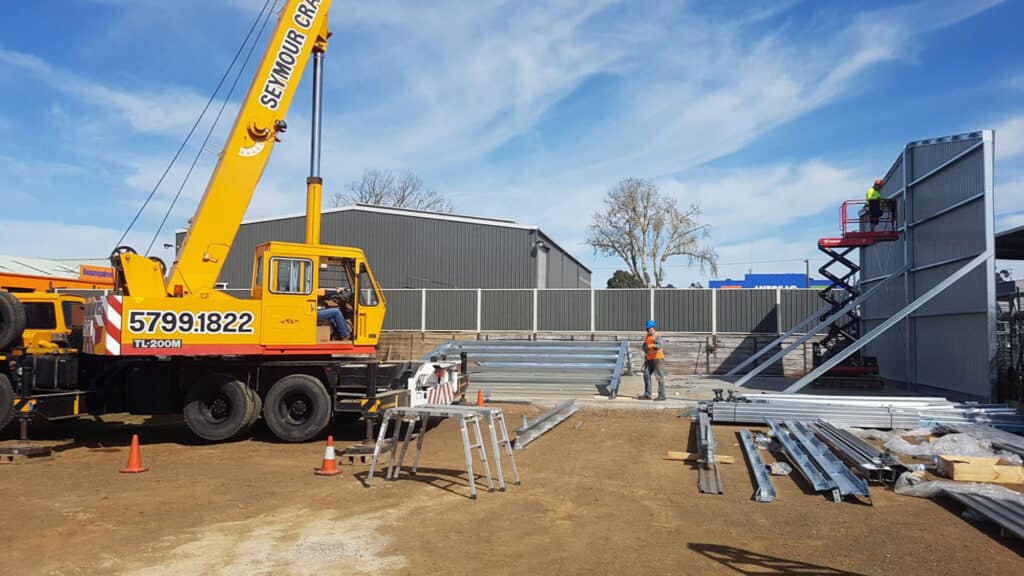
Here’s a story that’ll sound familiar to more shed owners than you’d think.
A homeowner in Bendigo hired someone to pour the slab after the shed went up. The concrete ran right up against the wall sheets. No air gap. Just neat and tidy… until it wasn’t.
Twelve months later? Rust had crept up the bottom of every wall.
Didn’t matter that barrier paint was used. Didn’t matter that a builder said it was fine. Didn’t matter that someone told them to spray diesel to “protect it.” The rust came anyway.
And the only way to fix it?
Rip the walls off, replace the sheets, and hope the profile still matches up.
Think Replacing a Few Sheets Is No Big Deal?
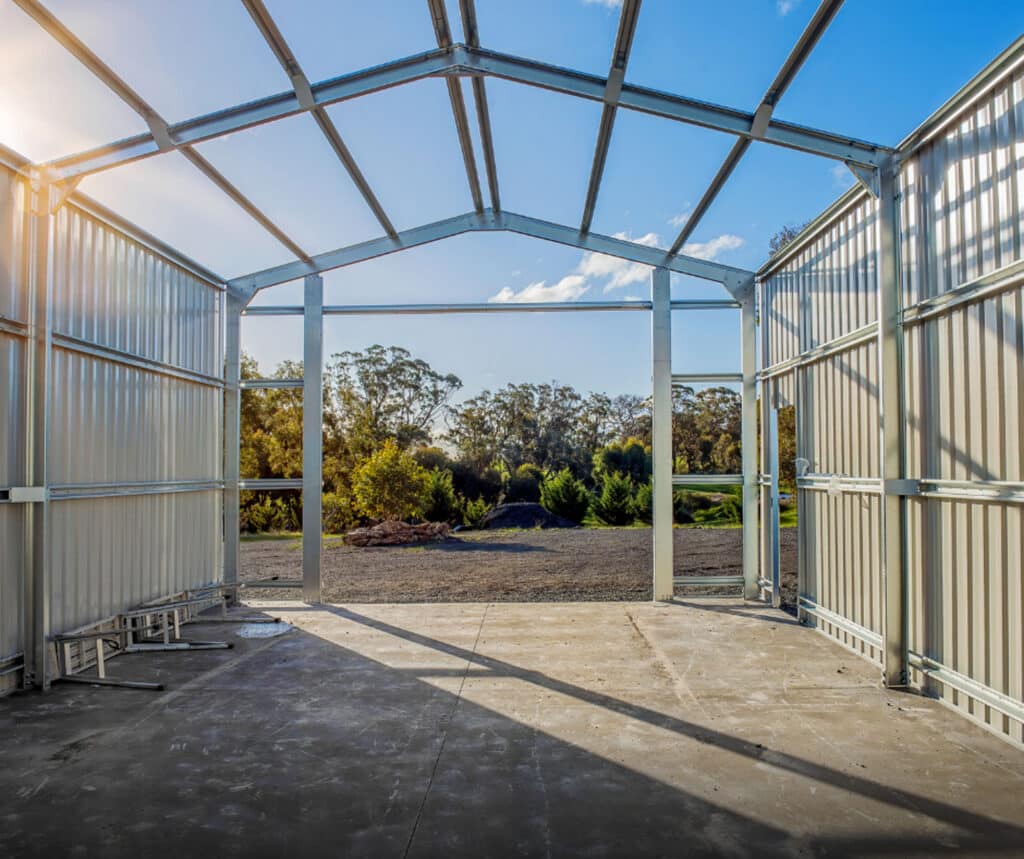
Think again.
You’ll need to take off the gutters. Remove any PA doors. Strip out the old sheets. Track down the exact profile — years after your original install — and try to fit new ones onto a slab that’s probably bowed or shifted just enough to make it a nightmare.
And then do it all again in a year or two when the problem comes back, because the concrete’s still sitting against the new sheets.
When this happens, you’re not fixing the problem. You’re just restarting the clock.
So Why Do So Many People Get This Wrong?
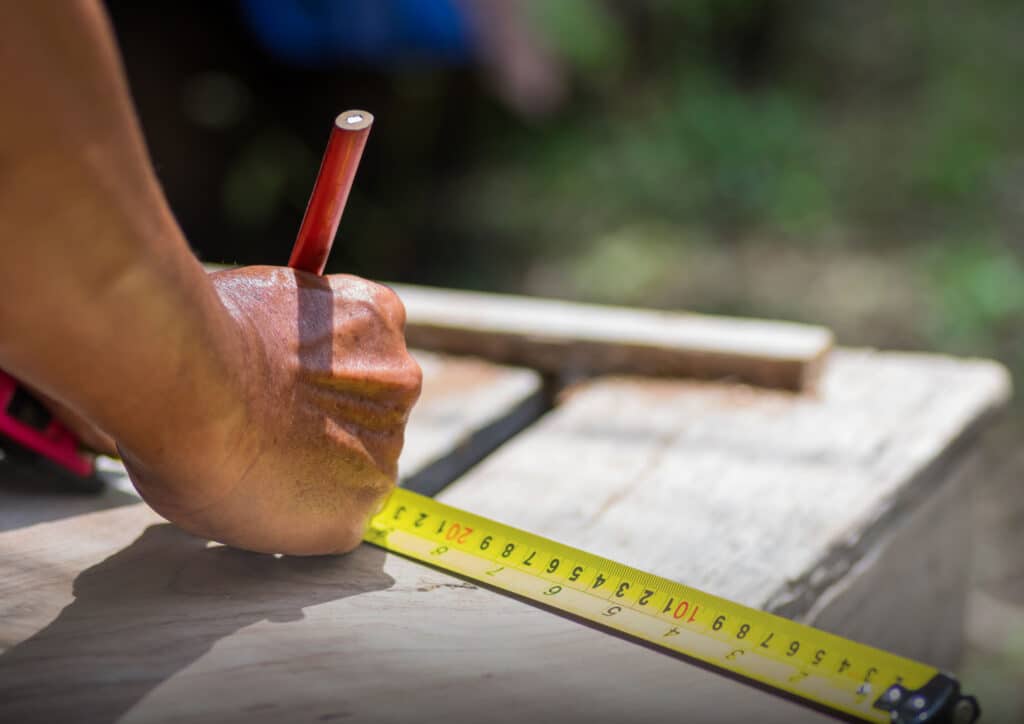
Because it’s easier.
Builders who use the shed as boxing can pour the slab in the rain. They don’t have to worry about weather delays or setting up timber formwork. It’s faster. It’s cheaper. It’s easier.
But it’s also wrong.
This shortcut is so common that even those who should know better — supply companies, local builders, even some so-called shed specialists — do it anyway.
And that means most people end up with sheds that fail the moment they’re finished.
But that’s not even the worst part.
Replacing rusted wall sheets might cost you $8,000.00. Might be $18,000.00. Add labour, downtime, and risk of theft while your shed’s wide open, and that cheap shortcut starts to look pretty expensive.
Especially when it’s not just a one-time fix.
Because the underlying issue (concrete or dirt pressed against the wall) hasn’t gone away. So neither has the rust. In fact, you could end up paying for the shed again — every ten years.
What to Check Before You Start Building
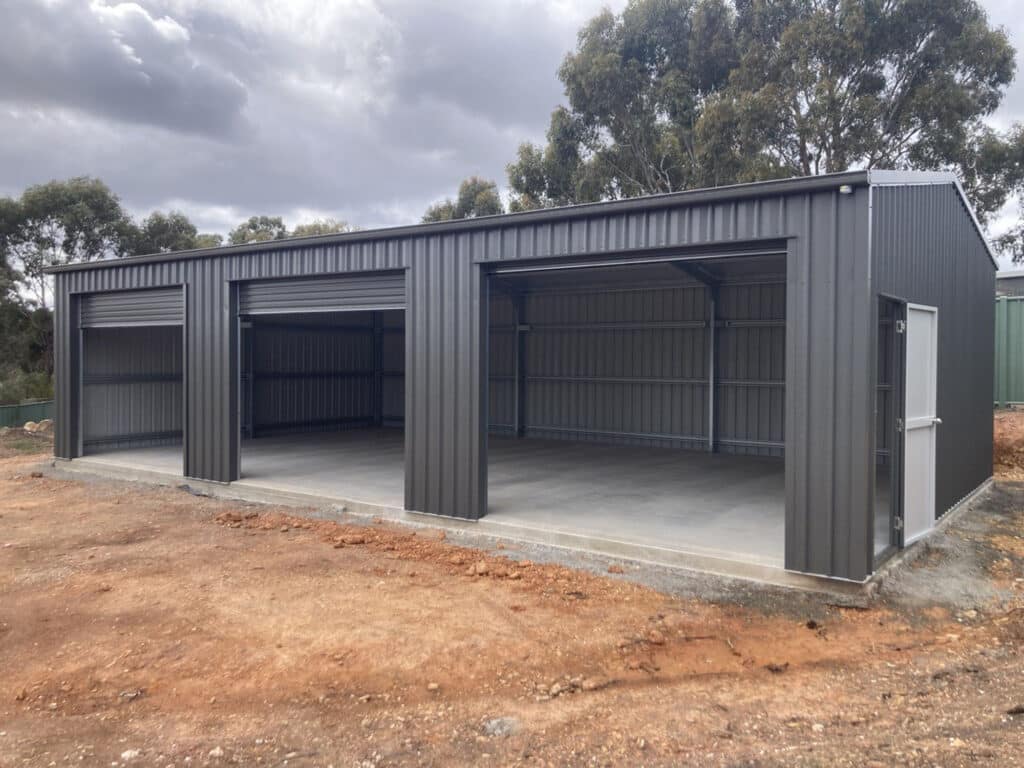
If you’re already planning your shed build, here’s what to double-check before any concrete gets poured or sheets go up:
- Has the slab been poured first, with a gap between it and the sheets?
- Is the finished floor level set high enough to prevent water from pooling?
- Will there be any backfilling (soil, gravel, garden beds) against the wall sheets?
- Is your builder using barrier paint, plastic sheeting—or just taking shortcuts?
- Has anyone checked the shed warranty to understand the air gap requirement?
Because once it’s done wrong, it’s not just an aesthetic problem. It’s a warranty issue, a structural issue, and a cost you’ll carry for years.
Want to Avoid Costly Mistakes Like This?
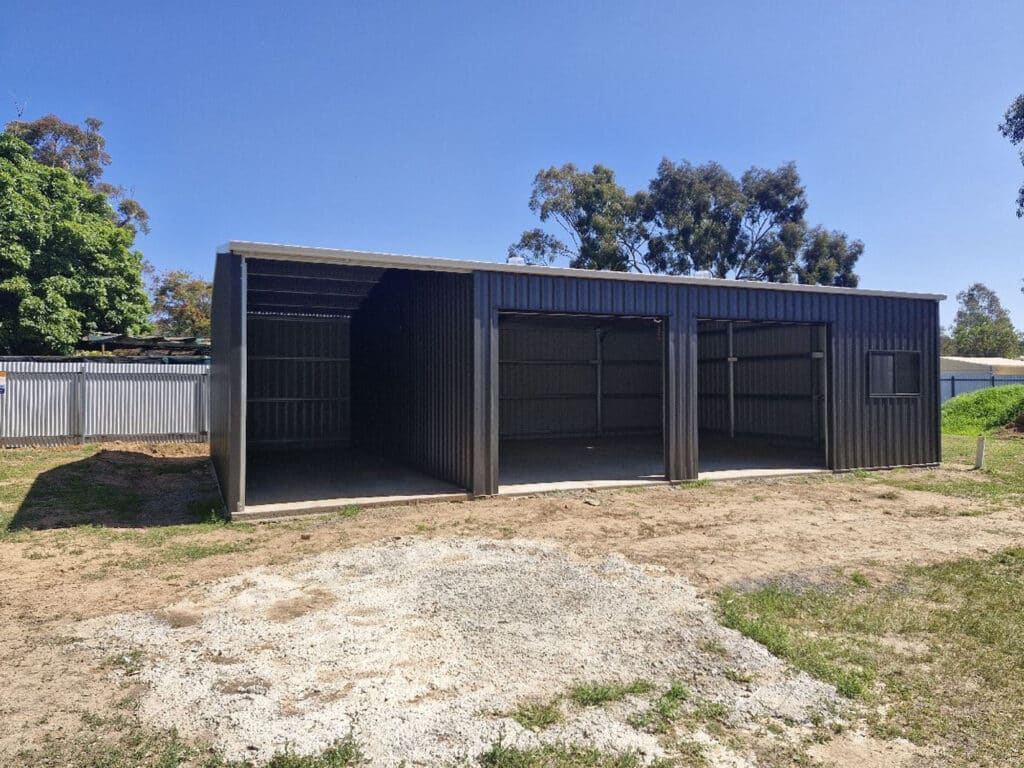
If you're spending good money on a shed, don’t let the way it’s built void your warranty before the first storm rolls through.
Instead, download the free Shed Buyer’s Guide and get the clarity most shed owners wish they had from the start.
It’s short, sharp, and packed with the kind of info most people only learn after something’s gone wrong.
Inside you’ll find:
- The right way to prep your site (without voiding warranties)
- What most builders skip (and what it’ll cost you)
- And how to make sure your shed is built to last
Don’t let shortcuts derail your project. Get your free guide today and take the first step toward building your perfect shed – the right way.
*Disclaimer: Names and identifying details have been changed to protect the privacy of individuals. These stories are based on real events, and any resemblance to actual persons is coincidental.
Free Expert Advice Specific To Your Shed Needs
Over the past 20+ years we’ve had the honour of helping more than 5000 homeowners and farmers get a better looking, longer lasting garages and carports. We’d love to help you too by answering your questions and sharing our experience.
